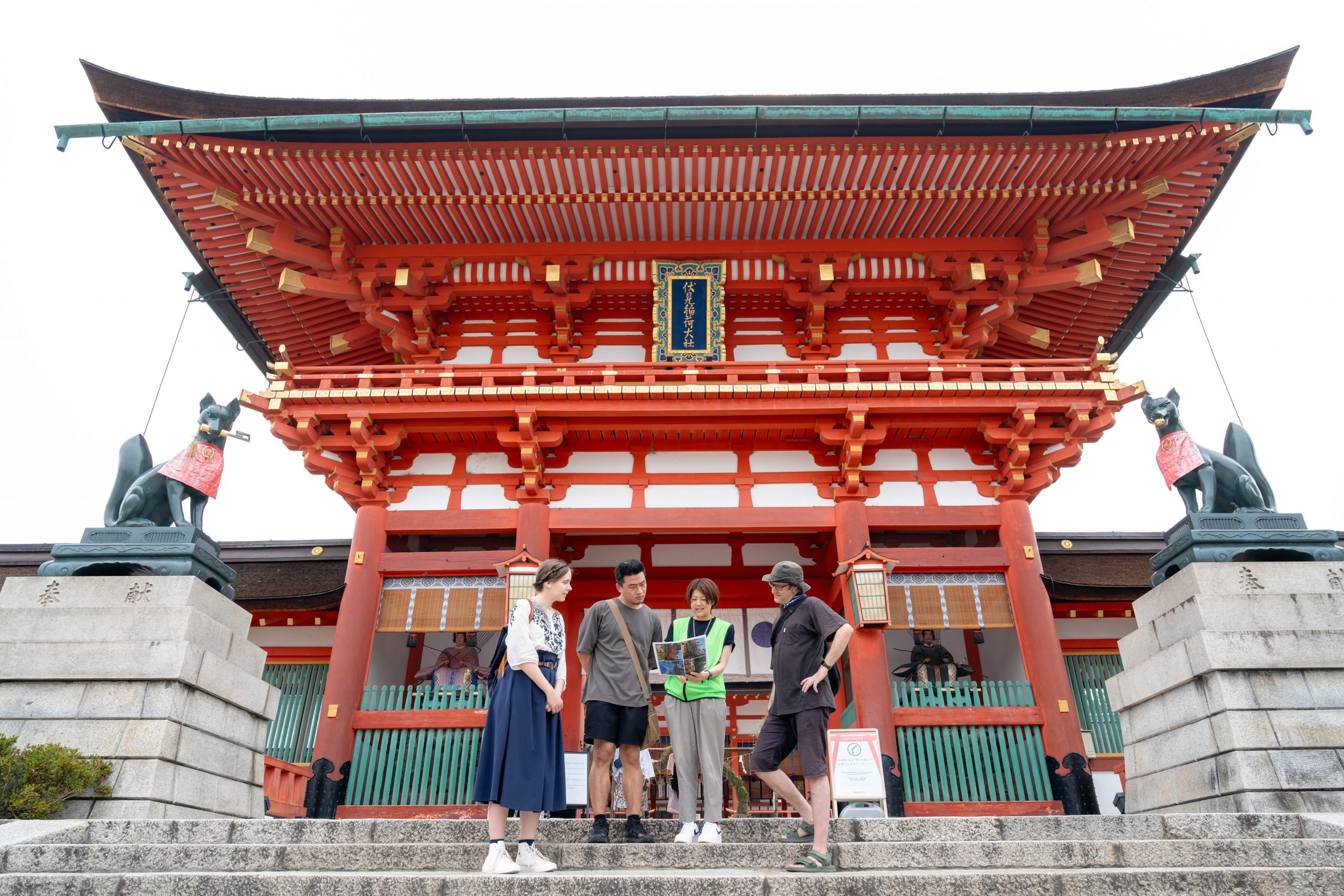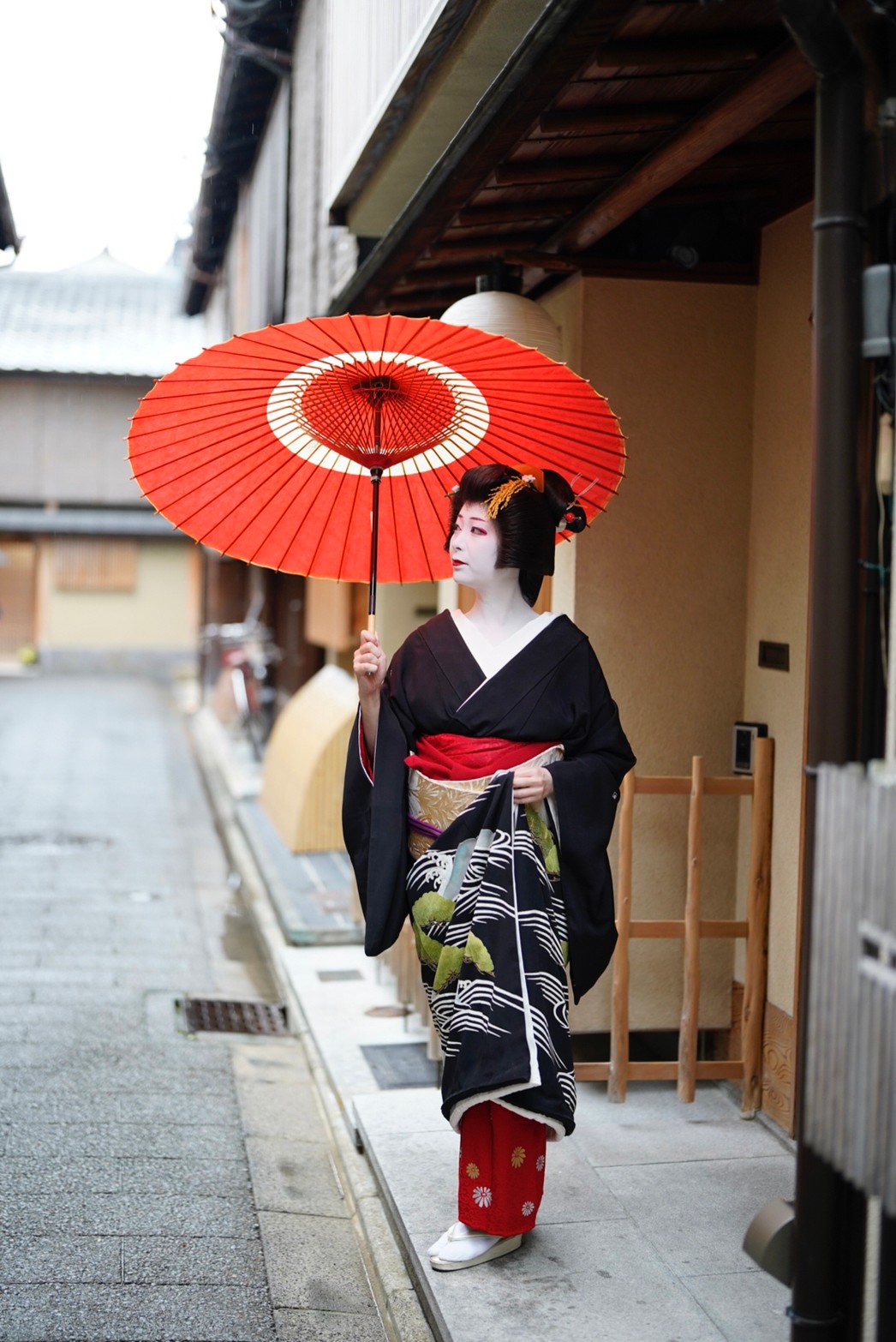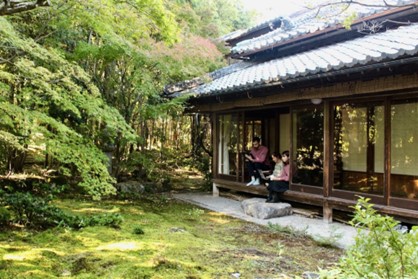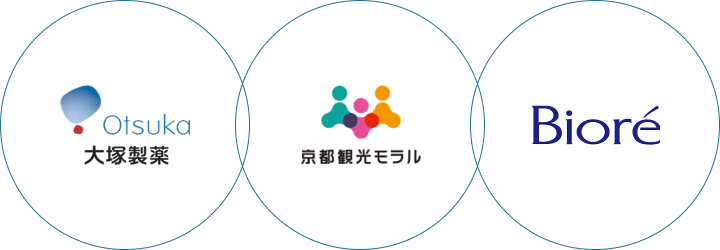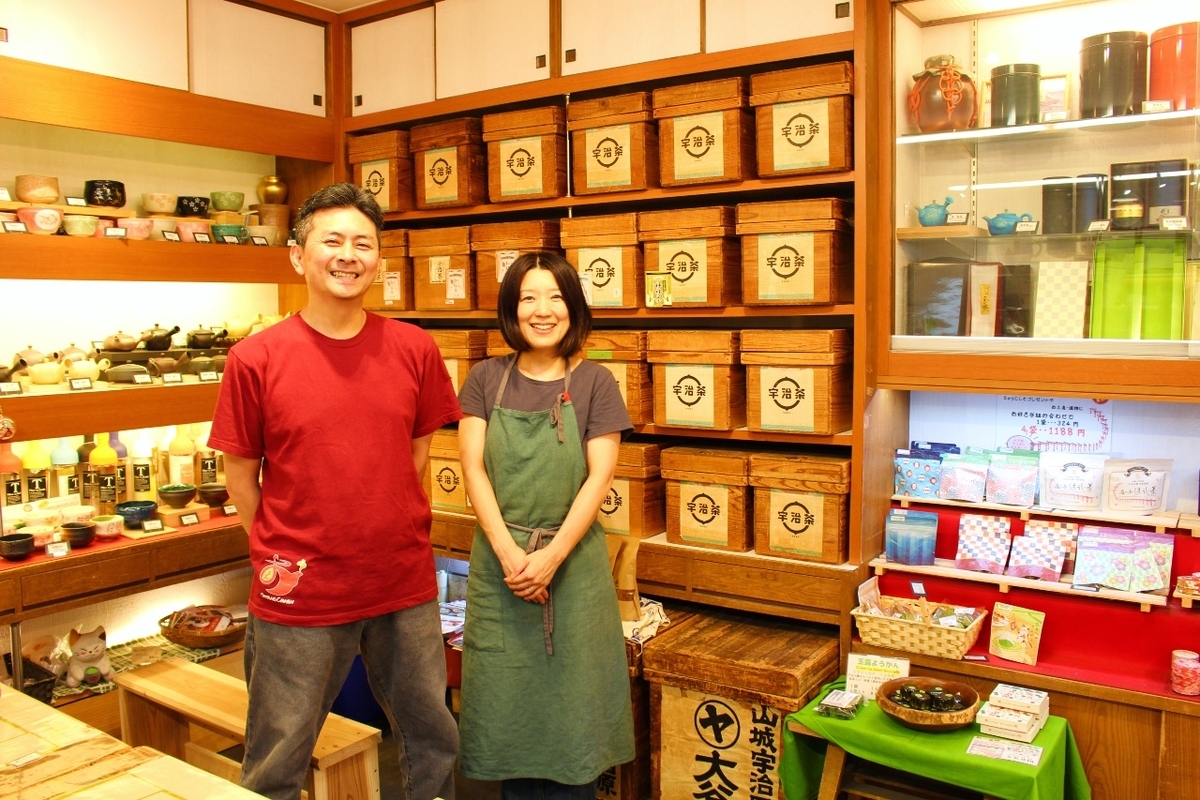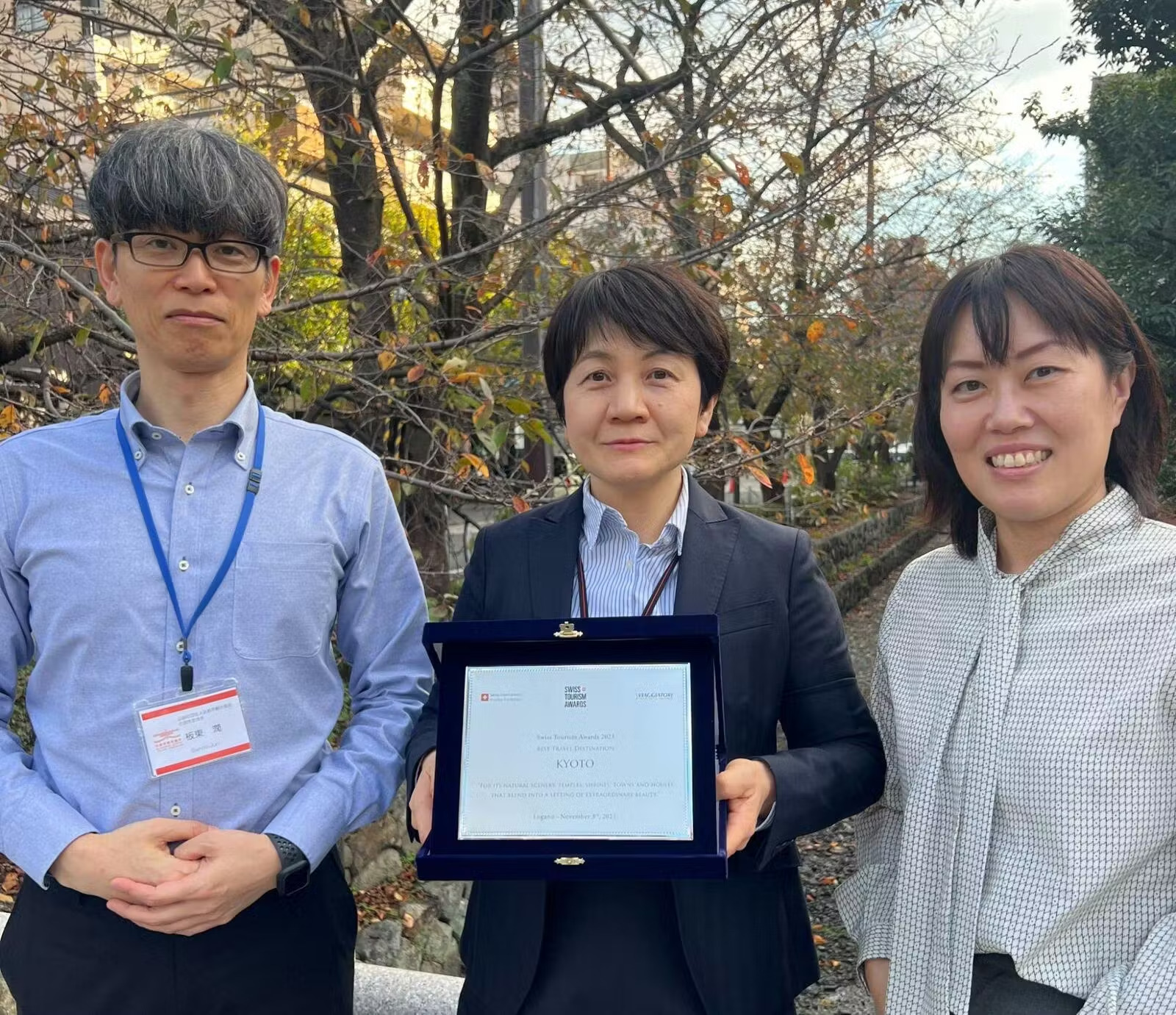
In November, the city of Kyoto received a “Swiss Tourism Award”, an international award recognizing sustainable tourism cities.
Kyoto is home to a plethora of cultural and sightseeing resources, but it is not one to rest on its laurels, as it seems to be attracting attention from around the world for being a leading-edge tourism city.
We sat down with three key figures to discuss Kyoto’s status:
Kumiko Yoshioka, Kyoto City Industry & Tourism Bureau Tourism & MICE Promotion Office, Tourism Strategy Department Manager
Jun Bando, Kyoto City Tourism Association Planning & Promotion Department Manager
Maiko Sakurai, Kyoto City Tourism Association Planning & Promotion Department Section Leader
They spoke with us about the background of winning the Tourism Award, as well as the details of measures that may be of interest to municipalities and tourism associations in other parts of Japan, such as the key to their PR efforts that resulted in a flood of inquiries from the international media.

From left: Jun Bando of the Kyoto City Tourism Association, Kumiko Yoshioka of the Kyoto City Industry & Tourism Bureau, Maiko Sakurai of the Kyoto City Tourism Association; photo provided by the Kyoto City Tourism Association
In this article
1. First in Asia! Kyoto City Wins Swiss Tourism Award for “Best Travel Destination”
—— First of all, congratulations on winning the award. Can you tell us again what led to your winning this award?
We got an offer in a letter directly from Switzerland, asking if we would accept the award. The “Best Travel Destination” is an award given to sustainable tourism cities, and it was the first time for it to be given to a city in Japan, and also the first in Asia.
—— What aspects of the city made them decide to give the award to Kyoto?
Kyoto’s natural landscape, shrines, temples, streets, and houses all blend together in “extraordinary beauty”, and they also recognized that Kyoto is “a symbol of Japanese culture”.
They analyzed different types of informational tools such as websites, and one of the criteria is that they’re chosen by a large number of people. Apparently the University of Lugano in Switzerland developed an online information analysis tool as part of the research they conduct, and they use that to analyze data. They’re working together with the Swiss government to implement this program with the aim of improving the travel and tourism industries in Switzerland and other countries.
2. Local PR is “Pull-Type”
—— You mentioned that the evaluation used online information. What kind of information do you think had an impact?
Of course people are accessing the platforms we usually use to disseminate information, but maybe the main reason is the coverage from the international media. We believe that it’s important to have media outlets that can reach high-end audiences and write “from their perspective”, so we help them with creating articles by providing them with information and other resources.
Also, if information gets disseminated by one powerful media outlet, then it gets picked up by multiple other media outlets, which in turn gets it out to the general public. This is known as “Pull-Type” PR, which means that we don’t push things ourselves, but instead receive inquiries from media outlets.
—— Getting media coverage in this “Pull-Type” way seems to be an ideal situation. What was it that led to Kyoto getting recognized on a global scale?
We’ve actually had several opportunities to receive awards in the past. For example, there were the “Travel + Leisure” Awards, and also the “Wanderlust” Awards in the UK. People got to know about the appeal of Kyoto through these well-known travel magazines, and it just spread more and more from there, one step at a time.
Winning this award reminded me that we needed to continue making every effort to keep the media informed about Kyoto. We think that one option for people in areas outside of Kyoto is of course to win world-class awards, but also to receive coverage in magazines like these, and to try to win regional awards like the one we received this time.
3. The “Appeal of Kyoto” as Seen from Abroad is Totally Different than Expected
—— What was the awards ceremony like?
If it had taken place in Japan, there would have been a formal greeting at the beginning, but there was nothing like that. [Laughter] But the atmosphere gets full marks from me. We could really sense the spontaneous and festive mood of everyone in attendance, and it felt like a truly authentic high-end European atmosphere.
Kyoto City won the main Tourism Award, and Kotaro Uegaki, the Tourism Strategy Director for the Tourism & MICE Promotion Office, received the certificate. From start to finish, everyone there complimented and congratulated us! We were able to win this award thanks to the people who help bring tourists to Kyoto, and everyone who has visited and enjoyed their time in Kyoto. We want all of those people, as well, to know that they played a part in Kyoto receiving this worldwide recognition.

The awards ceremony. The venue had a celebratory mood with an atmosphere that received “full marks”.
—— How was the Swiss International Holiday Exhibition?
*An event held in conjunction with the Tourism Awards. This exhibition is attended by many travel agencies (buyers) and luxury hotels and tourist facilities (exhibitors) that cater to the luxury segment.
Since we won the Tourism Awards, we were able to hold our exhibit in a prime location. Normally, we would do the design and proposal for the booth decorations, but this time they provided them for us.
Whenever we are choosing the photos to use in exhibitions, we always have a hard time deciding which ones to use, how to crop them and at what angle to place them at. This time, the organizers cooperated with us to choose the photos and ended up using Noh masks and martial art themed photos to decorate the Kyoto City’s booth.
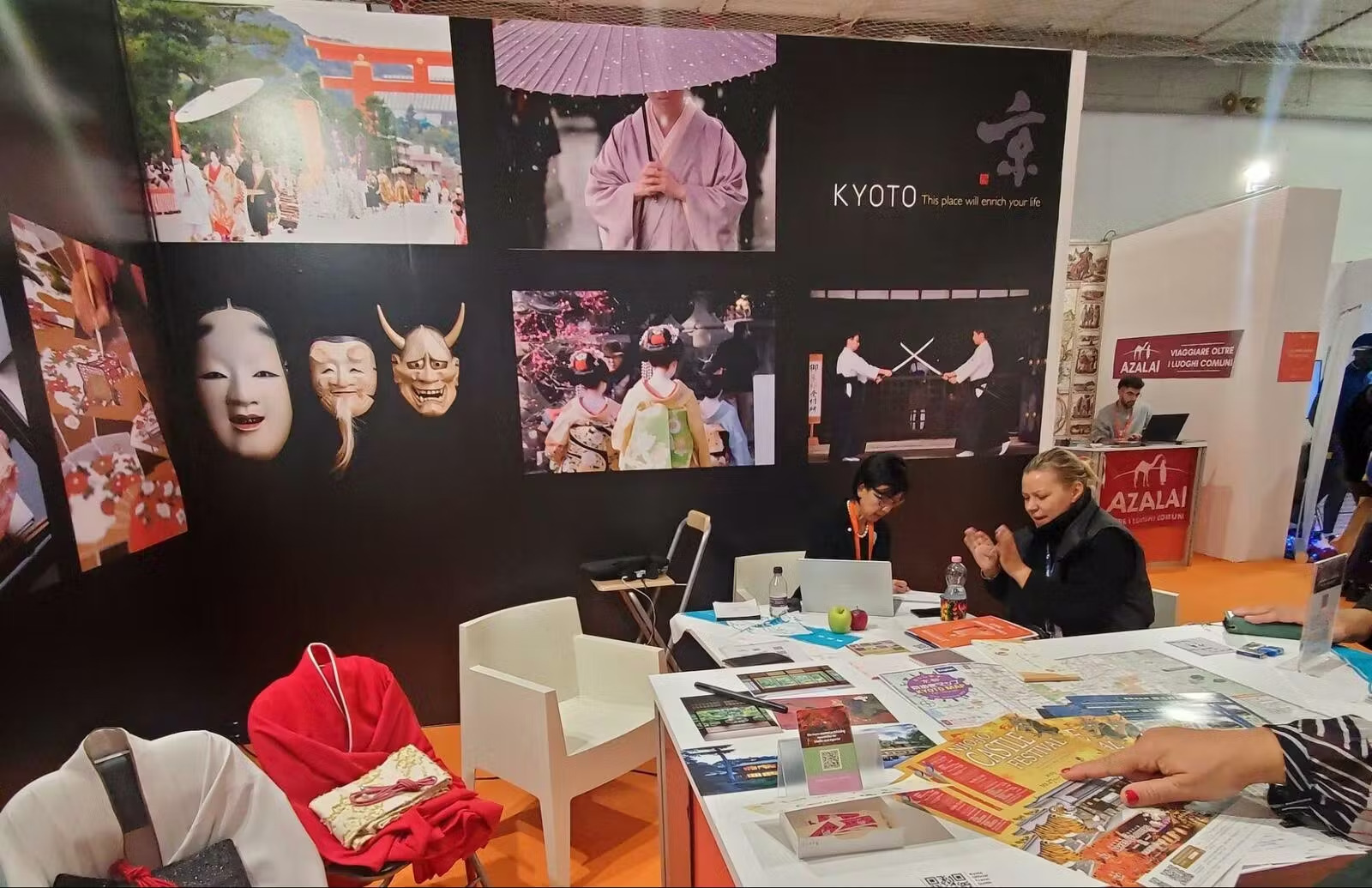
Kyoto City’s booth at the Swiss International Holiday Exhibition. The organizers decorated with photos of Noh masks and martial arts.
It was a bit of a surprising choice for us as locals, since it was different to our own image of “Kyoto”. At the same time, it was a very valuable look into what the people in Switzerland consider to be characteristic of and interesting in Kyoto. Local people in different countries all have varied tastes and perspectives, and it is only by letting them express their point of view that we can understand what they are looking for. We were happy to get a chance to do so through our booth, which ended up being much more interesting and well put-together thanks to the organizers help.
4. Toward Tourism where Residents, Visitors, and Workers Can Coexist the international media.
—— The keywords at both the awards and the exhibition were “sustainable tourism” and “luxury class”. What are some efforts that you have made, or some plans that you have for the future, that involve these keywords?
An important issue going forward is addressing tourism issues. As tourism in Kyoto starts to pick up again, we’re working to ensure that the problems that existed prior to COVID don’t also come back, and that the tourism is sustainable. Some residents are grateful for the large number of tourists coming here, but at the same time lament the negative impacts that it has on their lives, such as crowding on local buses and littering in some areas. What we want is a type of tourism that can exist in harmony with the everyday lives of the residents.
The City of Kyoto and the Kyoto City Tourism Association established the “Kyoto Tourism Code of Conduct (Kyoto Sightseeing Etiquette)” in November 2020. It applies not only to tourists, but also to residents and those that work in the tourism industry. It’s a code of conduct for all three parties that says, “We value these things in order for Kyoto to keep existing as it is.” For example, we ask tourists to respect local rules and manners, and tourism businesses to operate in ways that help contribute to the local community (local production for local consumption, etc.), and we also encourage residents to welcome visitors with a spirit of hospitality and deepen their interaction with them.
Right now, we’re firmly in the learning and practice stages. We’re slowly starting to see some results. Businesses have started their own preservation projects, and more and more tourists are becoming aware of sustainability issues. Our goal is to promote awareness and create a tourism experience that both residents and tourists can be satisfied by.
https://www.facebook.com/visitkyoto/posts/715794197249323?ref=embed_post
A tourism etiquette awareness poster was shared on Facebook. It is said that there has been a positive response to the etiquette and manners being promoted by Kyoto City.
When dealing with tourism-related issues, it’s easy to fall into a pattern of just prohibiting things and saying, “Don’t do this, don’t do that,” but our main goal isn’t to put restrictions on tourism, but to protect and preserve the history and culture that the residents of Kyoto hold dear. We want to continue these efforts to encourage travelers to also do their part in protecting the history and culture of Kyoto.
Original article:
https://honichi.com/news/2023/12/12/kyoto_best-travel-destination/
*This page is available in Japanese only.

